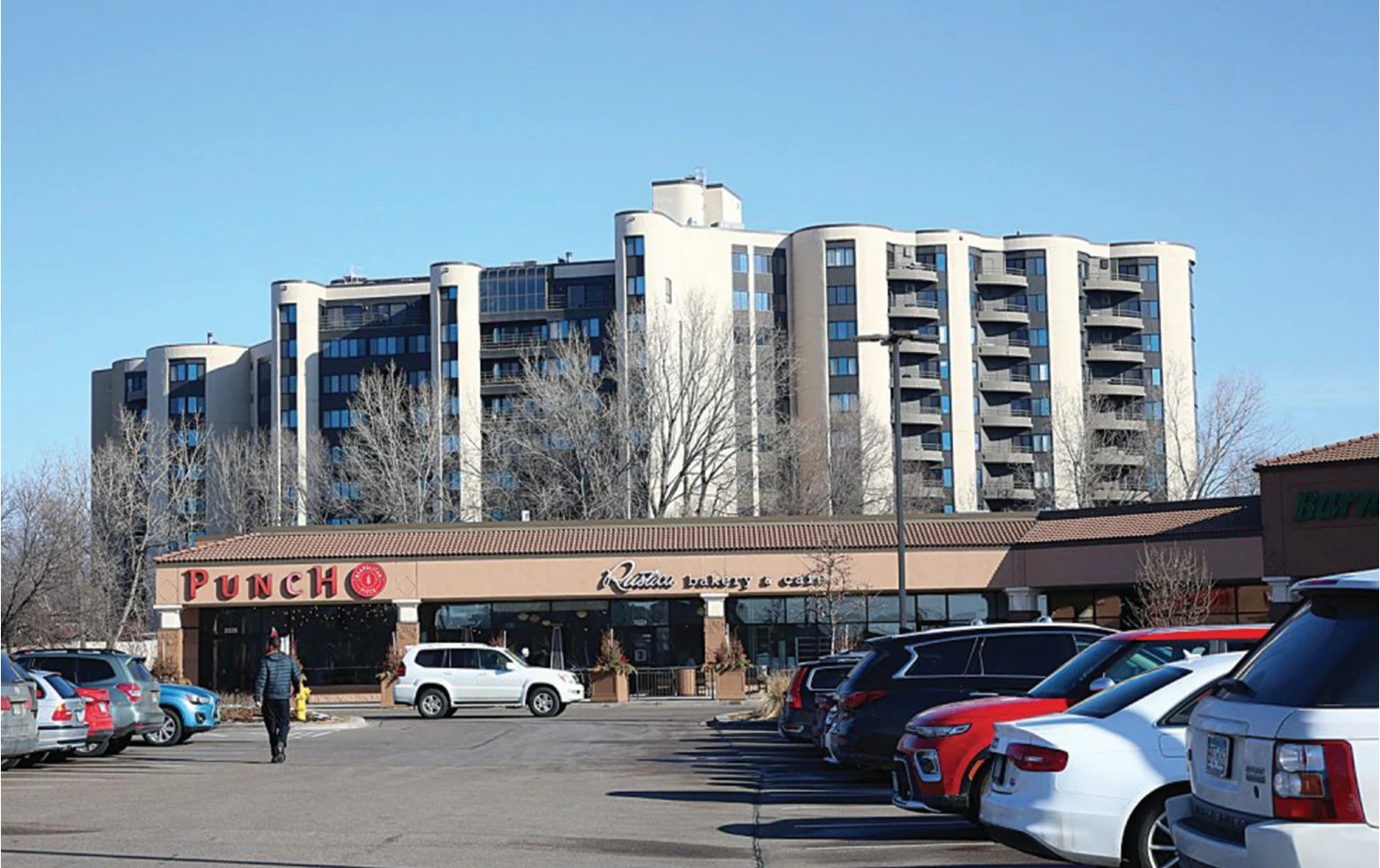Despite their claims to the contrary, the Met Council knew long before they started building Southwest Light Rail (SWLRT) that digging a tunnel only inches from the Cedar-Isles Condominiums risked damaging those buildings.
But the council disregarded the findings of two expert analyses. They proceeded with construction as planned and, today the buildings are significantly damaged, leaving residents in distress and suffering yet-to-be-determined loss.
In 2015, residents of the condo (previously called Calhoun-Isles Condominiums) became alarmed when pile-driving for the Foundry Lake Street apartments, some 160 feet away, caused cracks to appear in CICA’s east tower.
The Foundry’s developer, Trammel Crow, in conjunction with their consultants, Braun Intertec and American Engineering Testing (two world-class vibration experts), determined that vibrations could resonate as they climbed the CICA tower. They called the tower a “vibratory accelerator.”
Because of the damage done to CICA and other neighborhood buildings, Trammel Crow removed already installed piles and switched to a gentler method of installation.
Condo’s unusual structure
Meanwhile, CICA residents wondered: If pile-driving at a distance of 160 feet could do $30,000 of damage to their homes, what would happen when the Met Council drove piles only a hands width away?.
They invited the Met Council to consult with them as well as Trammel Crow’s construction company, Braun Intertec, and American Engineering Testing, about the implications for their building. The council refused, claiming a “conflict.”
Frustrated by the council, in 2016 CICA commissioned Itasca Consulting Group, a firm with expertise in micro-seismic evaluation, to study the buildings’ susceptibility to vibration.
Itasca reaffirmed that the buildings — repurposed grain silos — were constructed in an unusual way. Since slits were cut to create windows, the buildings need to be held together at each level by cables, which in turn support concrete floors. This is why, they discovered, the towers amplify vibration as it rises higher up the buildings, whereas in conventional structures, vibration diminishes (attenuates) with height.
The Itasca engineers were specific in their findings and recommendations. They found the west tower amplifies vibrations by a factor of 3.5. Vibrations on CICA’s tenth floor are 22 times greater than they would be for a conventional building (such as those addressed in the FTA guidelines). They said that to protect the west tower from damage, the maximum ground-level vibration threshold for CICA needs to be established at a low 0.1 inches per second (ips).
Significantly, Itasca found that “CICA structures are substantially more susceptible to vibration impacts than Federal Transit Administration (FTA) guidelines.”
Met Council rejected findings
The FTA is the project’s federal funder. Its construction manual doesn’t include — or offer standards for — buildings with CICA’s unusual structure. The Met Council took advantage of that omission to “prove” Itasca wrong about CICA and reject their recommendations.
Accepting the recommendations would have required modifying the FTA’s Record of Decision, delaying the project for several months. It would likely also have required a major revision in the construction methods for the shallow tunnel.
The Met Council proceeded to dig the tunnel using the standard vibration threshold specification of 0.5 ips — significantly in excess of the 0.1 ips Itasca recommended for the CICA buildings.
Last January 27, in conjunction with a major construction vibration, the condos suddenly developed cracks on eight different floors, including movement of the floors away from the concrete walls. The Met Council emailed residents to assure them the building was safe. On February 20, the CICA garage building was flooded.
Construction in the area has been halted. CICA residents are concerned about the insurability and value of their homes. Some have said they do not feel safe.
To date, the Met Council has not accepted responsibility for the cracking or flooding. The Met Council hired another consultant, Socotec, to assess the damage and determine its root cause.
As of this writing, Socotec has determined that the cracking in the west tower grows increasingly severe on higher floors. Their finding aligns virtually perfectly with Itasca’s 2018 floor-by-floor vibration study. Socotec’s final report is expected by the end of March.






